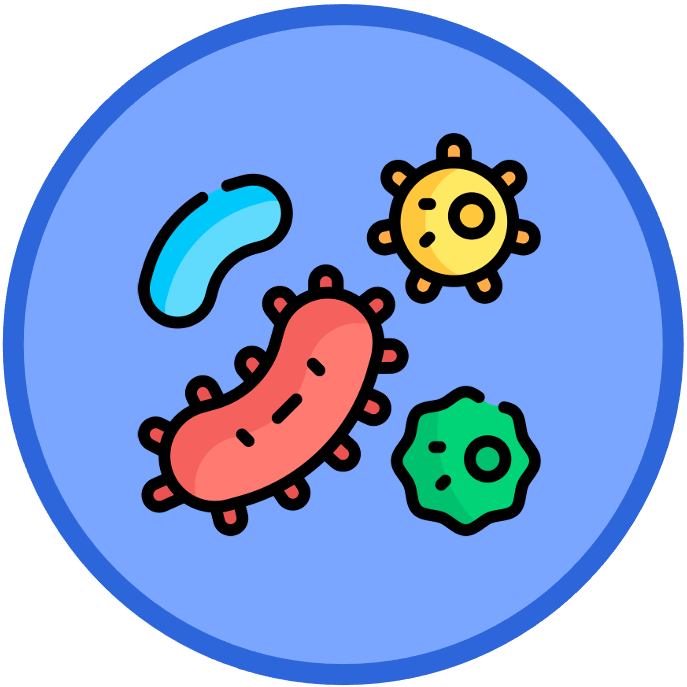

System Communication (AHL)
AHL Content Statements
-
C2.1.1
Receptors as proteins with binding sites for specific signalling chemicals
-
Students should use the term “ligand” for the signalling chemical.
-
C2.1.2
Cell signalling by bacteria in quorum sensing
-
Include the example of bioluminescence in the marine bacterium Vibrio fischeri.
-
C2.1.3
Hormones, neurotransmitters, cytokines and calcium ions as examples of functional categories of signalling chemicals in animals
-
Students should appreciate the differences between these categories.
-
C2.1.4
Chemical diversity of hormones and neurotransmitters
-
Consider reasons for a wide range of chemical substances being used as signalling chemicals. Include amines, proteins and steroids as chemical groups of hormones. A range of substances can serve as neurotransmitters including amino acids, peptides, amines and nitrous oxide.
-
C2.1.5
Localized and distant effects of signalling molecules
-
Contrasts can be drawn between hormones transported by the blood system and neurotransmitters that diffuse across a synaptic gap.
-
C2.1.6
Differences between transmembrane receptors in a plasma membrane and intracellular receptors in the cytoplasm or nucleus
-
Include distribution of hydrophilic or hydrophobic amino acids in the receptor and whether the signalling chemical penetrates the cell or remains outside.
-
C2.1.7
Initiation of signal transduction pathways by receptors
-
Students should understand that the binding of a signalling chemical to a receptor sets off a sequence of responses within the cell.
-
C2.1.8
Transmembrane receptors for neurotransmitters and changes to membrane potential
-
Use the acetylcholine receptor as an example. Binding to a receptor causes the opening of an ion channel in the receptor that allows positively charged ions to diffuse into the cell. This changes the voltage across the plasma membrane, which may cause other changes.
-
C2.1.9
Transmembrane receptors that activate G proteins
-
Students should understand how G protein-coupled receptors convey a signal into cells. They should appreciate that there are many such receptors in humans.
-
C2.1.10
Mechanism of action of epinephrine (adrenaline) receptors
-
Include the roles of a G protein and cyclic AMP (cAMP) as the second messenger.
NOS: Students should be aware that naming conventions are an example of international cooperation in science for mutual benefit. Both “adrenaline” and “epinephrine” were coined by researchers and are based on production of the hormone by the adrenal gland; “adrenaline” comes from Latin ad = at and ren = kidney and “epinephrine” comes from old Greek epi = above and nephros = kidney, respectively. Unusually, these two terms persist in common use in different parts of the world.
-
C2.1.11
Transmembrane receptors with tyrosine kinase activity
-
Use the protein hormone insulin as an example. Limit this to binding of insulin to a receptor in the plasma membrane, causing phosphorylation of tyrosine inside a cell. This leads to a sequence of reactions ending with movement of vesicles containing glucose transporters to the plasma membrane.
-
C2.1.12
Intracellular receptors that affect gene expression
-
Use the steroid hormones oestradiol, progesterone and testosterone as examples. Students should understand that the signalling chemical binds to a site on a receptor, activating it. The activated receptor binds to specific DNA sequences to promote gene transcription.
-
C2.1.13
Effects of the hormones oestradiol and progesterone on target cells
-
For oestradiol, limit to cells in the hypothalamus that secrete gonadotropin-releasing hormone. For progesterone, limit to cells in the endometrium.
-
C2.1.14
Regulation of cell signalling pathways by positive and negative feedback
-
Limit to an understanding of the difference between these two forms of regulation and a brief outline of one example of each.



